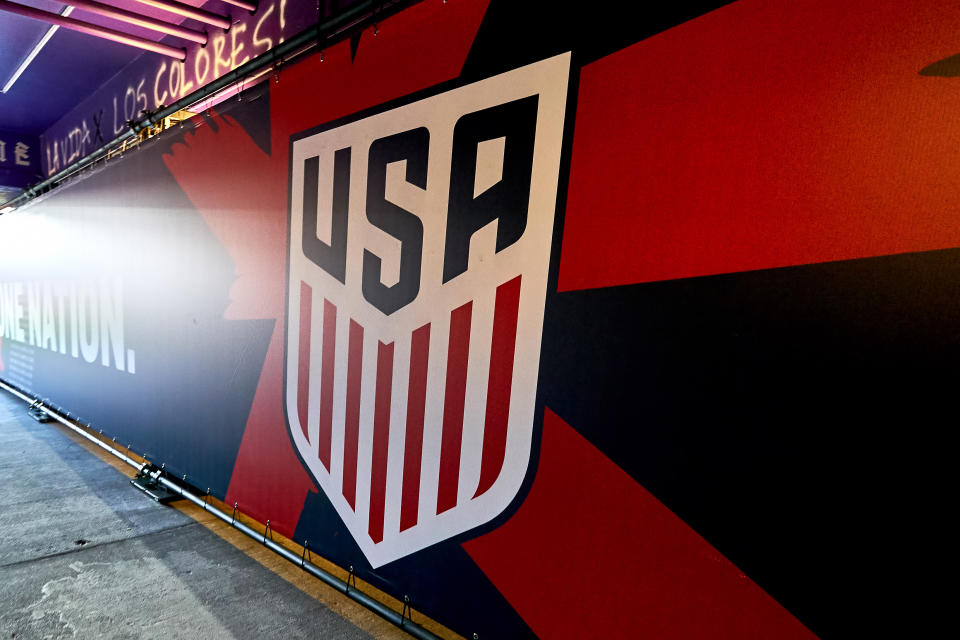Don't yell at U.S. Soccer this time, since handing over youth development to MLS was the right call
As common (and correct) as it has become to rip U.S. Soccer these days, last week’s decision to discontinue its Development Academy is probably the right one.
The program included almost 200 boys and girls teams from coast to coast, and MLS is now stepping into the void by creating an elite youth competition of its own.
The news was sudden and came as a shock to most.
“This wasn’t planned at all,” said Fred Lipka, who oversees youth development for MLS, in an interview with American Soccer Now.
At the same time, this move had been in the works for years.
While the COVID-19 pandemic and the financial devastation it’s caused undoubtedly sped up the process, the truth is the DA was already living on borrowed time. Established in 2007, when MLS boasted just 13 teams, none of whom had their own dedicated training facilities, the program was necessary then. It was never supposed to be forever.

In Europe and South America, national governing bodies rarely play much more than an administrative role when it comes to the process of player development. There are notable exceptions, of course. The national football center in Clairefontaine, France, one of 12 academies overseen by the French Football Federation, counts World Cup winners Olivier Giroud, Thierry Henry and Kylian Mbappe among its alumni.
For the most part, though, individual clubs have proven to be better-positioned to churn out blue-chip pros. Ajax might be better-known as a talent mill than as a four-time European champion. Argentinean titans Boca Juniors and River Plate have, by design, sold scores of players profit. And while Real Madrid’s Champions League-winning teams of recent vintage have been stocked with established stars purchased for hundreds of millions of Euros, Spanish rival Barcelona has enjoyed a similar level of success in large part by turning homegrown prospects like Xavi Hernandez, Gerard Pique and Lionel Messi (among others) into global icons.
This phenomenon is already happening — albeit on a smaller scale — in MLS, where frugal clubs like FC Dallas and the Philadelphia Union are able to consistently punch above their weight by being better than their more affluent competitors at identifying and nurturing youngsters.
MLS has doubled in size since the DA was launched. It will swell to 30 teams over the next few years. These days, more MLS clubs boast sparkling state-of-the-art training headquarters than do not.
Every MLS team had youth squads that competed in U.S. Soccer’s DA. For years, rumblings circulated that the league planned to break away and from its own operation. To appease the pros, the federation split its under-19 boys division into two tiers last August, with MLS-affiliated sides occupying the premier category, much to the chagrin of stand-alone youth outfits.
The new MLS youth competition will also include both MLS academy and non-academy teams, a pleasant surprise. MLS is also “evaluating the potential to provide future competition opportunities for girls,” the league said, seemingly (and unfortunately) as an afterthought.
It’s a daunting task. Scouring all of the U.S. and Canada — the three Canadian MLS teams will participate in the new endeavor, as they had in the DA — for promising athletes is a massive undertaking just because of the sheer size of the two countries.
Still, it makes sense that MLS (and eventually, USL, NWSL and Canadian Premier League) clubs would begin to do the heavy lifting in this space. Backed by billionaire owners in many cases, they have far more resources available than a non-profit like U.S. Soccer.
Far more incentive, too. It is after all the clubs, not national teams, that bank the cash when a player is sold to a team in one of Europe’s elite leagues. It may have happened sooner than anyone expected, but it was always inevitable.
More from Yahoo Sports:

